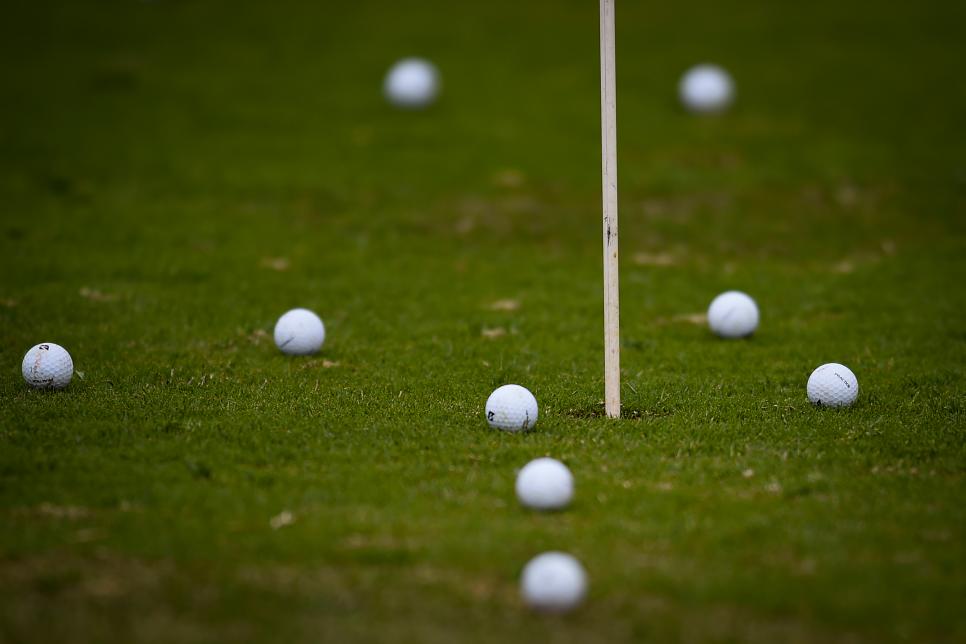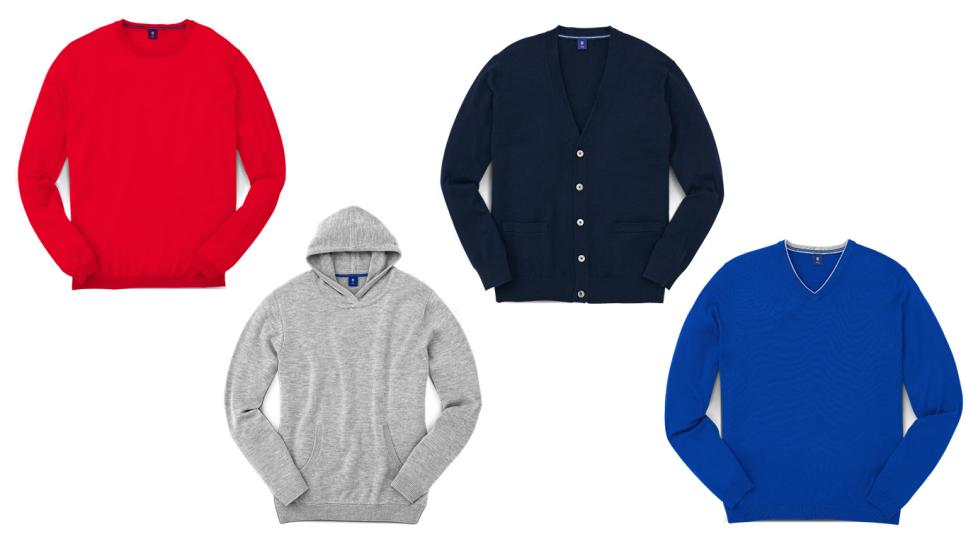Your Cold Weather Golf Survival Guide
As temperatures dip to the low 40s (or lower) in some areas of the country, those best prepared for the less-than-balmy conditions have a chance to be 1 up on the first tee, perhaps more. So as golfers in the Northeast and Midwest get ready for their annual Turkey Shoots, there are a few things you should know about how to prepare and gain your own advantage.
Remember: Balls don’t travel as far in the cold
Cold air is denser than warm air and creates additional drag on a ball. According to the people at Trackman, the difference is approximately one yard of carry for every 10-degree change in temperature. So theoretically, you’re looking at a loss of four yards if you’re playing in 40 degrees as opposed to 80 degrees. Other factors—such as how the body reacts to the cold—can further impact distance. The takeaway: When playing fall or winter golf plan for at least an extra half club, and if your swing is restricted by being fully bundled up, it might even be a full club.

Warming golf balls can be against the rules. It’s also useless.
As for trying to keep golf balls warm, don’t bother. For starters, Rule 14-3/13.5 prohibits warming a golf ball during the round. Warming up golf balls beforehand is not prohibited, but there is a reason for that—it doesn’t work. Several years ago, Golf Laboratories performed a test that showed you could not get a ball warm enough to have any impact because the ball almost instantly adopts to the outside temperatures.

When it comes to clothing, choose wisely
As for clothing, forget cotton (its breathability is a bonus in the summer but also lets in cold air when chilly). Like your mother told you when you were young, it’s all about layering. A turtleneck-like polyester base layer designed to keep out the cold is a must, topped by loose fitting shirts or pullovers. Finally a moisture-wicking shirt or jacket of some kind is preferable. On bottom, typical long pants covered by rain paints will keep the cold at bay while also allowing for easy removal if things heat up.
Keep the head and the hands warm
A wool ski cap is preferred over a baseball cap (have to keep those ears warm and since heat escapes from the head, this type of headwear is preferable). On the hands winter gloves designed especially for golf or, at worse, rain gloves, will provide a slightly better grip and more warmth than a standard golf glove. Plus, they come in pairs.
Booze does not equal warmth
OK, we’ve all seen the fans at NFL games getting all fired up by a few pops while tailgating and then seemingly being impervious to the cold, bare chests and all. Forget it. While alcohol might seem like it would warm you (and a lovely Irish coffee or Bailey’s and coffee on a cold day just seems like such a great idea), fact is that drinking will lower your body temperature. I could dive into it, but this article provides pretty damning evidence against bringing a thermos filled with Stingers, or anything else, for that matter. Read more about drinking when it is cold here.
Don’t leave your clubs in the car.
For starters, your hands will be cold enough without gripping a grip that feels like an ice cube. Leaving clubs in your car can also lead to damage. The grips can get cold and get slick or cracked if the temperatures get too extreme and steel shafts do not react well at all to the cold. The reason is what is known as the coefficient of thermal expansion. Although it would take a college semester to fully understand this, the bumper sticker version is that materials expand or contract depending on the temperature, thus affecting their properties. Regarding shafts, graphite should be less affected than steel by cold weather. “It’s why you see more aircraft and space shuttles, etc., using composite materials instead of steel or even titanium. It is less affected by changes in temperature,” one shaftmaker told Golf Digest a few years ago. And now, armed with all this information, you should be less affected by the cold as well.
This story was originally posted on GolfDigest.com
